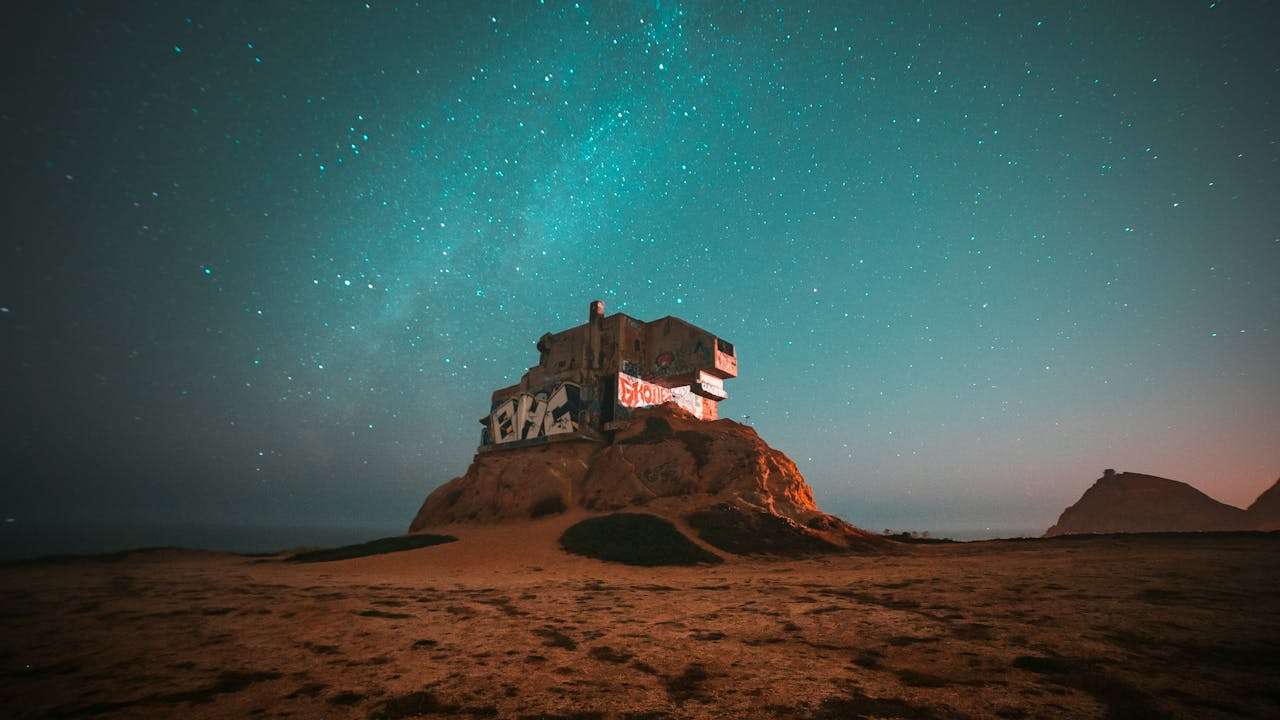In the vast tapestry of our planet’s secrets lies a wealth of knowledge waiting to be unearthed. For centuries, humans have embarked on expeditions, delving into the depths of uncharted territories to quench their thirst for discovery. Yet, as technology evolves, so too does our ability to explore. Enter remote sensing exploration: a cutting-edge field that transcends the limitations of traditional methods, offering a bird’s-eye view of Earth’s hidden wonders.
The Genesis of Remote Sensing Exploration
To understand the significance of remote sensing exploration, we must first trace its roots back to its inception. The concept of remote sensing dates back to the early 20th century, with the advent of aerial photography. Pioneers like James Van Allen and William Pickering paved the way for advancements in this field, laying the groundwork for what would become a revolution in exploration.
Unveiling Earth’s Mysteries from Afar
At its core, remote sensing exploration harnesses the power of advanced sensors and imaging techniques to probe the Earth’s surface from a distance. Satellites orbiting high above provide an unparalleled perspective, capturing data across the electromagnetic spectrum. From infrared to microwave wavelengths, these instruments penetrate the veil of obscurity, revealing intricate details hidden from the naked eye.
Mapping the Uncharted Terrain
One of the primary applications of remote sensing exploration lies in mapping the Earth’s surface with unparalleled precision. Satellites equipped with sophisticated radar and lidar systems can create high-resolution topographic maps, unraveling the intricate contours of mountains, valleys, and coastlines. This invaluable data not only aids in urban planning and infrastructure development but also plays a crucial role in disaster management and environmental conservation efforts.
Monitoring Dynamic Changes
Beyond static mapping, remote sensing enables us to monitor dynamic changes unfolding across the globe. From deforestation in the Amazon to the retreat of glaciers in the Arctic, satellites serve as vigilant sentinels, capturing real-time imagery to track environmental transformations. By detecting subtle variations in vegetation, land cover, and sea levels, researchers gain invaluable insights into the delicate balance of our planet’s ecosystems.
Unraveling Geological Mysteries
Beneath the Earth’s surface lies a trove of geological mysteries waiting to be unraveled. Remote sensing technologies offer a glimpse into this hidden realm, allowing geologists to identify mineral deposits, map geological structures, and even predict natural hazards. From the search for precious metals to the detection of potential earthquake fault lines, these tools empower scientists to explore the depths of our planet like never before.
Exploring Beyond Earth’s Boundaries
While remote sensing exploration primarily focuses on Earth, its applications extend far beyond our planet’s borders. In recent years, space agencies have deployed advanced probes and telescopes to study distant celestial bodies, from Mars to distant exoplanets. By analyzing the light reflected from these alien worlds, astronomers can glean insights into their composition, atmosphere, and potential for harboring life—a testament to the boundless potential of remote sensing technology.
Challenges and Future Prospects
Despite its myriad benefits, remote sensing exploration is not without its challenges. Limited resolution, atmospheric interference, and data processing bottlenecks pose significant hurdles to overcome. Moreover, the proliferation of space debris threatens to clutter Earth’s orbit, jeopardizing the integrity of satellite-based observations. Yet, with ongoing advancements in sensor technology, artificial intelligence, and data analytics, the future of remote sensing exploration shines brightly.
In the grand tapestry of human exploration, remote sensing stands as a beacon of innovation, illuminating the path to discovery like never before. From the depths of the ocean to the far reaches of outer space, this transformative technology transcends the confines of traditional exploration, offering a panoramic view of Earth’s mysteries. As we continue to push the boundaries of what is possible, remote sensing exploration serves as a testament to humanity’s insatiable curiosity and our relentless pursuit of knowledge. So let us gaze skyward, for in the vast expanse of the cosmos, there are still countless wonders waiting to be revealed.

